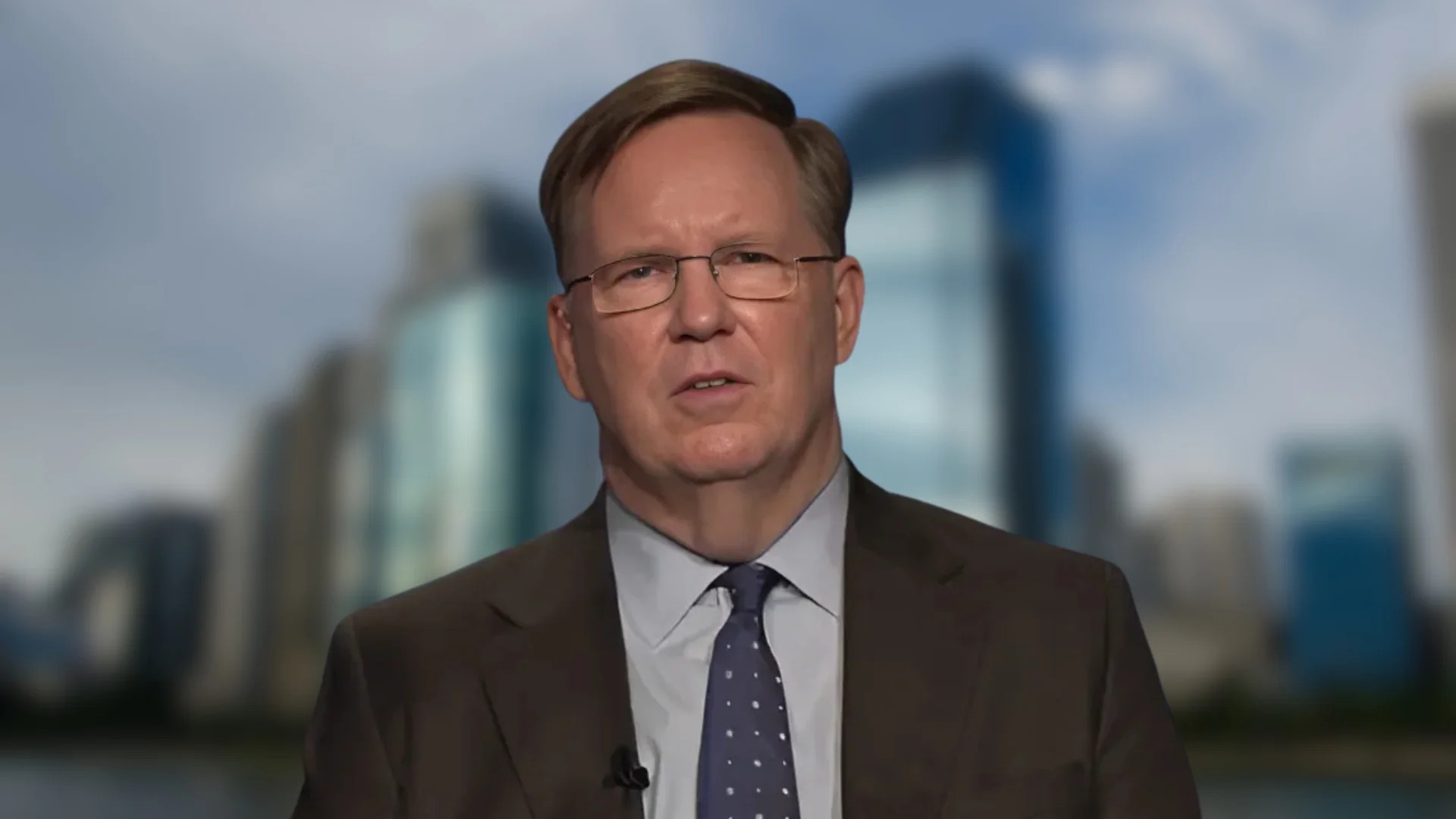
Harold H. Kim, President for U.S. Chamber Institute for Legal Reform | U.S. Chamber Institute for Legal Reform
The Insurance Information Institute has released an analysis of Texas property and casualty insurance, highlighting the complex risks in the state and ranking it as the sixth least affordable for homeowners insurance in the United States. This announcement was made via a press release.
According to a July 14, 2025, press release by the Insurance Information Institute (Triple‑I), Texas ranked as the sixth‑least-affordable state for homeowners insurance, driven by its high exposure to natural catastrophes, including severe inland flooding, hail, tornadoes, and lightning, which together are pushing premiums upward. Triple‑I notes that flood insurance uptake in affected parts of the Hill Country is extremely low (around 2.5%), leaving many homeowners financially vulnerable. The organization highlights that evolving climate conditions and risk exposures are contributing directly to rising insurance costs and access challenges.
A report by the Insurance Research Council estimates that the average U.S. household spent 2.09 percent of median household income on homeowners insurance in 2022, projected to rise to about 2.4 percent in 2024, exceeding inflation and indicating widespread declining affordability. The IRC further observes that states like Texas, with high catastrophe exposure, face steeper increases, making insurance costs a growing portion of household budgets. This underscores how insurance affordability lags national trends, particularly in high-risk regions.
According to the Insurance Thought Leadership site, reciprocal insurance exchanges are member-owned entities where subscribers collectively pool premiums to share risk, eliminating a profit motive and often resulting in lower administrative costs and premiums. These reciprocal models provide more transparency and governance control to policyholders, who act as both insureds and insurers, and can tailor coverage to niche needs while rebating surplus funds to members. This structure is especially valuable in high-risk, high-cost regions like Texas, where aligning pricing more closely with local risk profiles can improve affordability.
According to its official website, the Insurance Information Institute is a nonprofit communications group established in 1960 with a mission to improve public understanding of insurance—what it does and how it works. It provides consumers, media, and policymakers with credible information and analysis on insurance topics and is regarded as an authoritative resource for objective data on the U.S. insurance industry.






 Alerts Sign-up
Alerts Sign-up